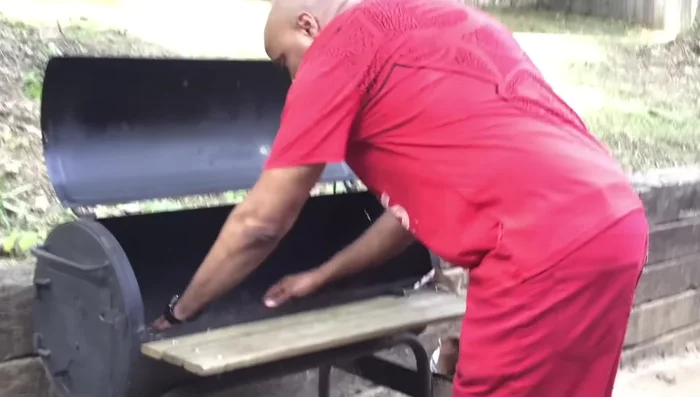The aroma of sizzling meat, the crackle of flames, the warmth of camaraderie – these are the hallmarks of a perfect barbecue. But achieving that idyllic scene requires more than just tossing some lighter fluid onto a pile of wood. A truly exceptional BBQ experience hinges on a long-lasting, even fire, capable of sustaining the cooking process from start to finish without constant tending. Forget frustrating flare-ups and disappointing embers; this guide will transform your backyard gatherings.
Mastering the art of fire-building is a skill that rewards patience and precision. From selecting the ideal fuel to understanding airflow dynamics, this ultimate guide provides a step-by-step approach to crafting a BBQ fire that burns steadily and beautifully for hours. Ready to ditch the lighter fluid and unlock the secrets to consistent grilling success? Let's get started.
Preparation and Safety Guidelines
- Never use accelerants like gasoline or lighter fluid. They can cause dangerous flash fires and are unnecessary with proper kindling.
- Keep a water source (hose, bucket of water) nearby in case of emergencies. Have a fire extinguisher readily available as well.
- Always supervise your fire. Never leave a burning fire unattended.
Step-by-Step Instructions
Prepare the Coals
- Ensure you have a decent amount of charcoal briquettes with holes for better air circulation. Gather them together.
- Generously apply lighter fluid to the coals, ensuring most of them are soaked. Let it soak for 5-10 minutes.


Prepare the Coals Ignite the Fire
- After the initial soaking, add a bit more lighter fluid. Light a piece of paper to help get the fire started quickly, then use it to ignite the lighter fluid-soaked coals.
Monitor and Prepare for Cooking
- Allow the lighter fluid to burn off. Once the coals have a little white ash on them, they are ready.

Monitor and Prepare for Cooking Set up the Grill
- Once the coals are ready, place the grill over them. Add hickory wood chunks for extra flavor.

Set up the Grill Cook the Food
- Place your meat (sausages, chicken, burgers, etc.) on the grill and cook to your preference, flipping occasionally.

Cook the Food
Read more: Lump Charcoal vs. Briquettes: The Ultimate BBQ Fuel Showdown
Tips
- Don't be afraid to use enough lighter fluid for a good initial start. Let it soak in properly.
- The appearance of a little white ash on the charcoal is a sign of readiness.
- Hickory wood chunks add a delicious smoky flavor to your barbecue.
- Don't overcrowd the grill. Work in batches if necessary.





